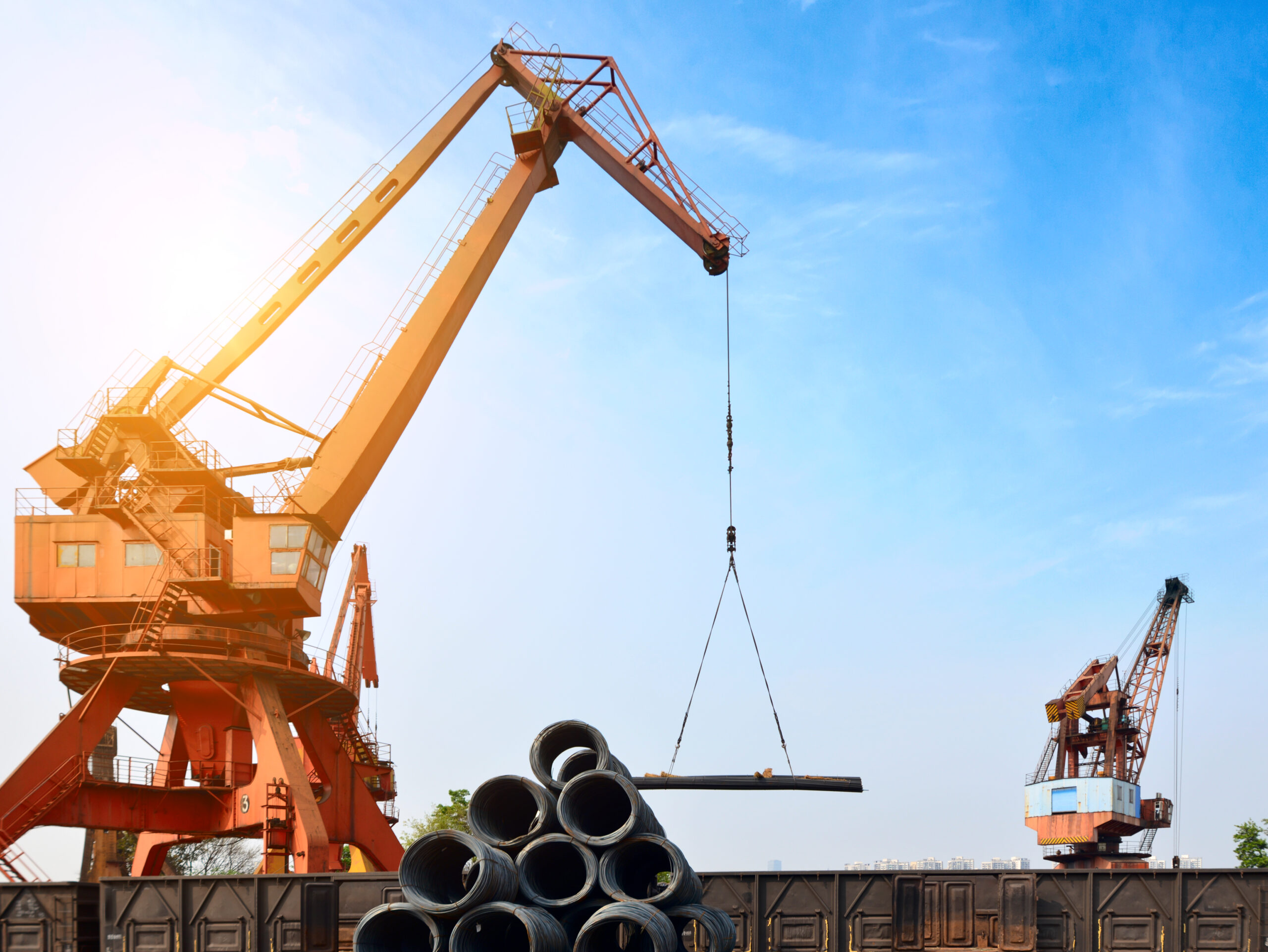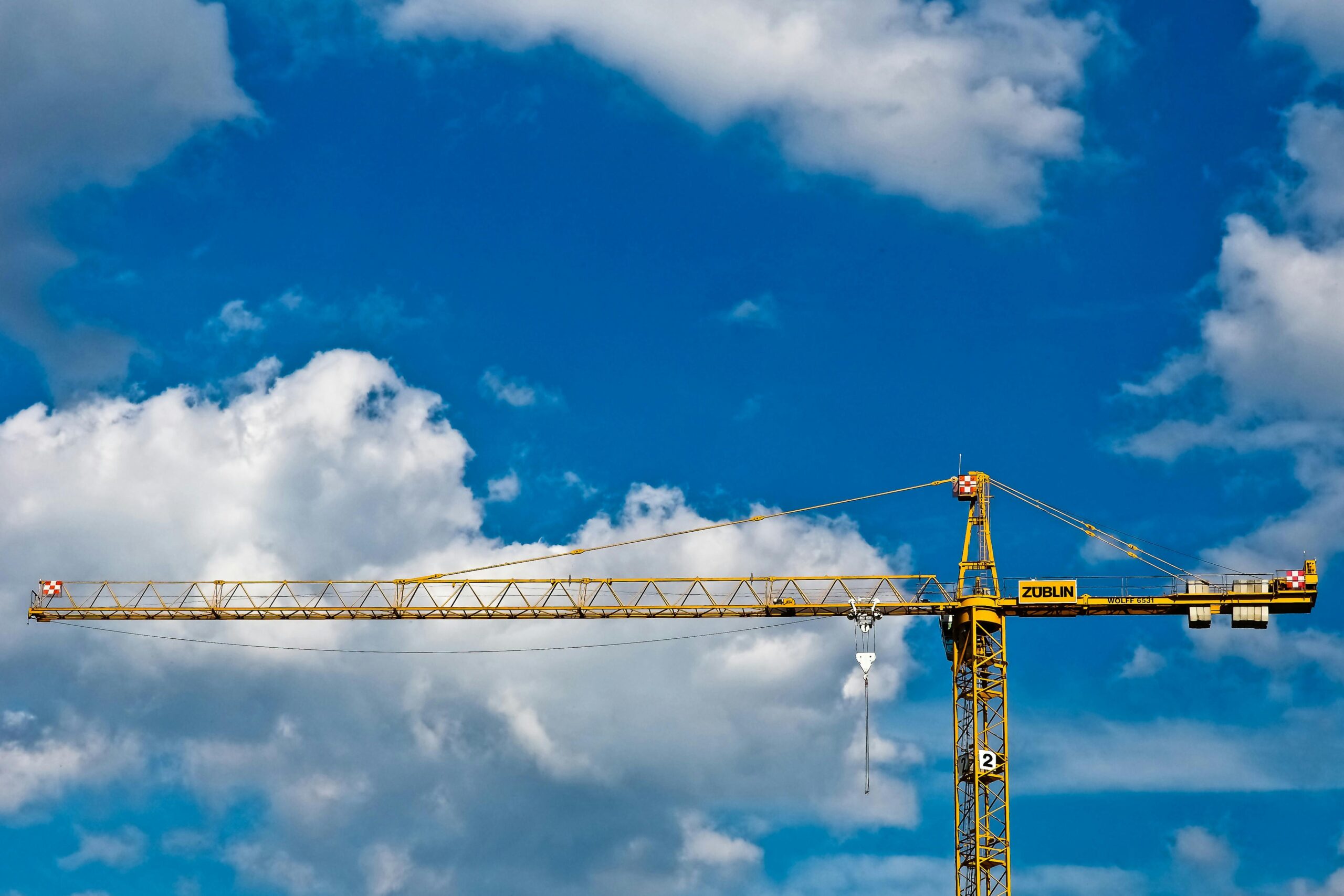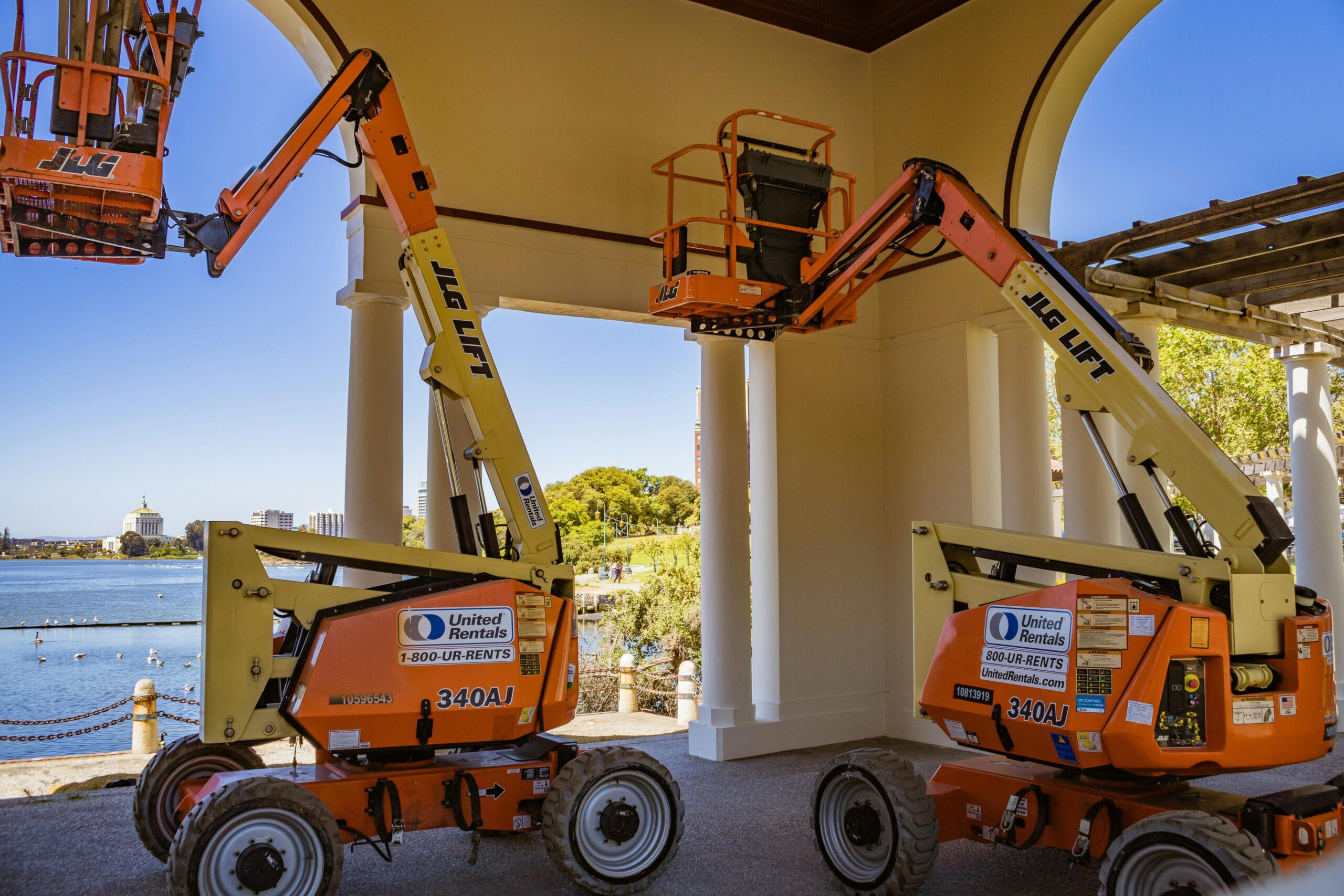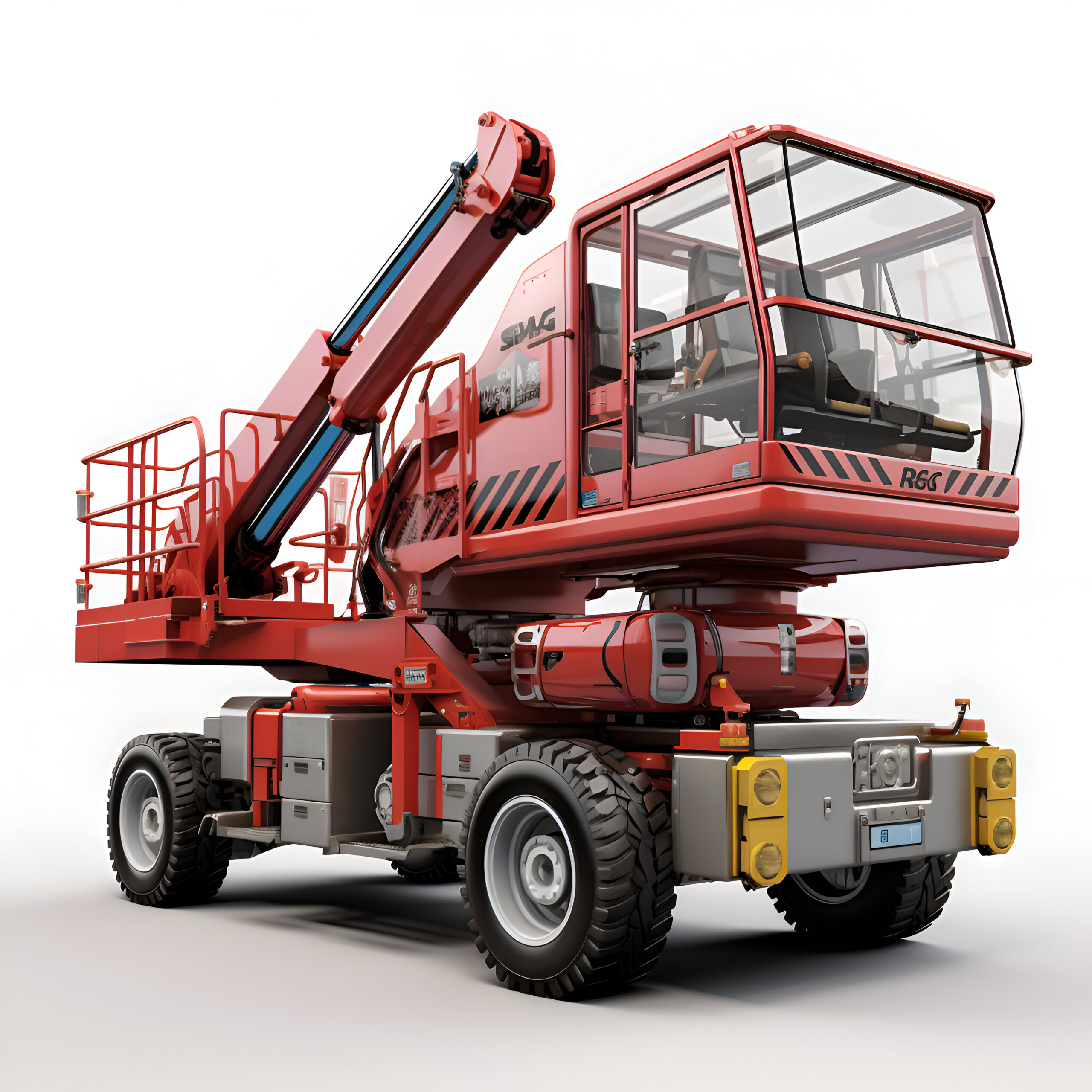Rental Duration
Rental duration represents one of the most significant cost drivers, making schedule optimization critical for savings.
While controlling costs remains essential for project viability, safety must never be compromised in pursuit of savings.

The foundation for cost-efficient rentals starts with precise equipment specification. Many projects unnecessarily inflate budgets by selecting over-capacity cranes that exceed actual load requirements or machines with excessive reach capabilities that won’t be utilized. Conducting thorough load calculations that account for both weight and center of gravity, while carefully mapping required working radii and height clearances, ensures optimal equipment matching. Engaging qualified lift planners during the specification phase helps identify the most cost-effective solutions that meet all technical requirements without overspecification.

Developing standardized request packages that include detailed equipment specifications, required certifications, and operational timelines enables accurate comparison across vendors.

Operational efficiency plays an equally important role in cost containment. Investing in proper operator training reduces fuel consumption and minimizes equipment wear while enhancing safety.

Insurance and liability management present additional cost-saving opportunities. Carefully reviewing rental agreements to understand included coverage versus additional insurance requirements prevents unnecessary duplicate payments. Many providers offer favorable insurance rates for clients with strong safety records. Implementing robust documentation processes for equipment inspections and operator certifications helps demonstrate compliance, potentially qualifying for better insurance terms.
